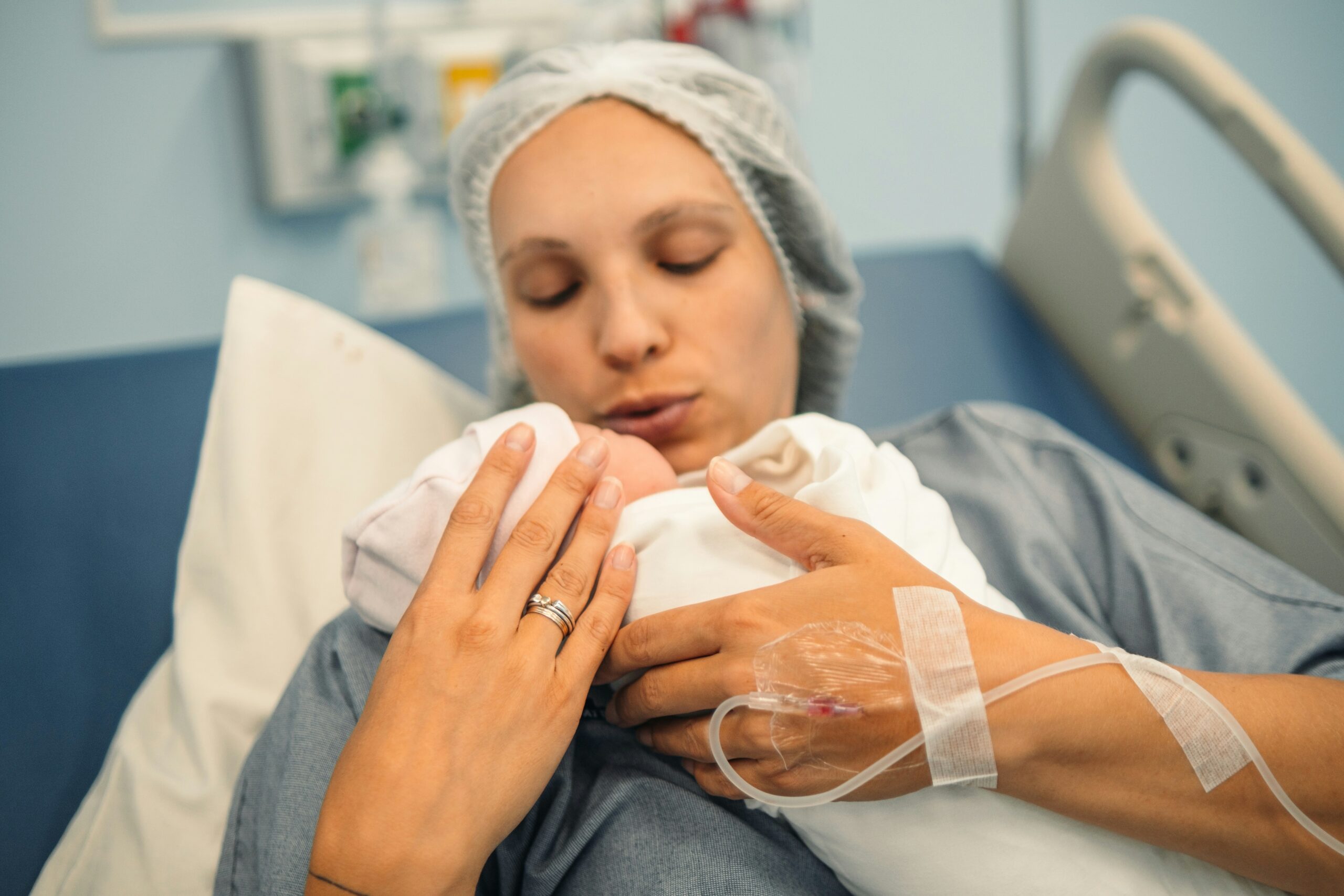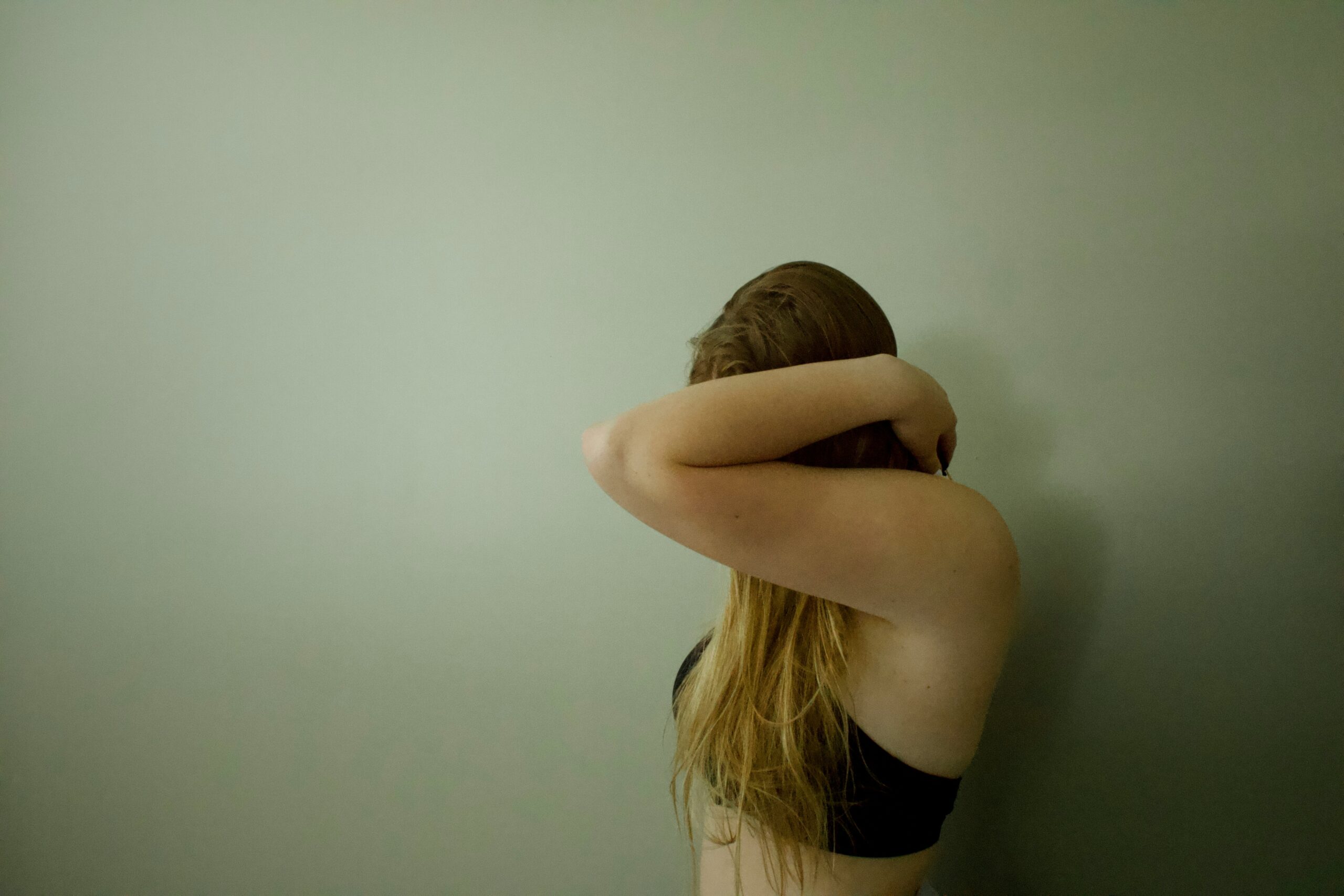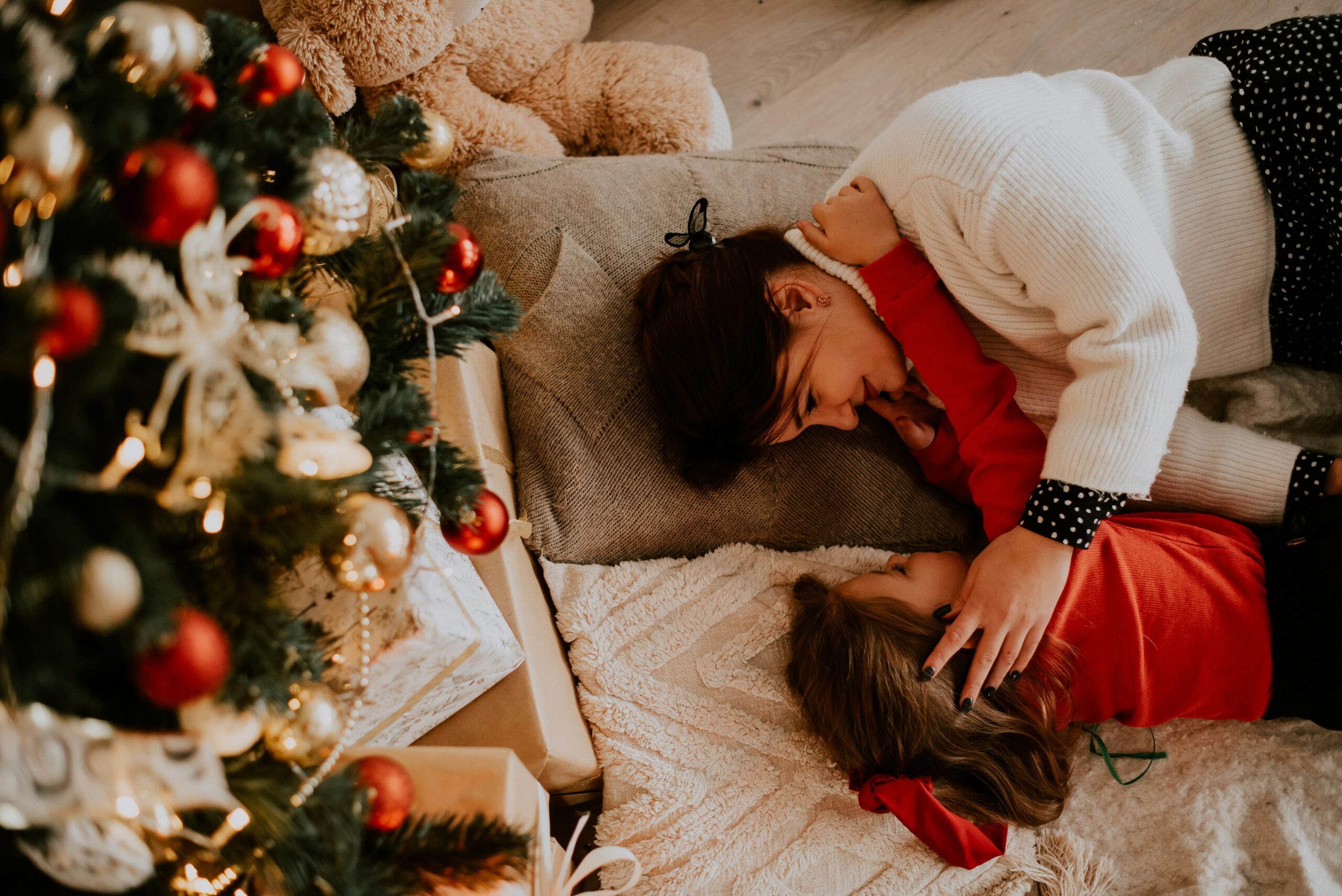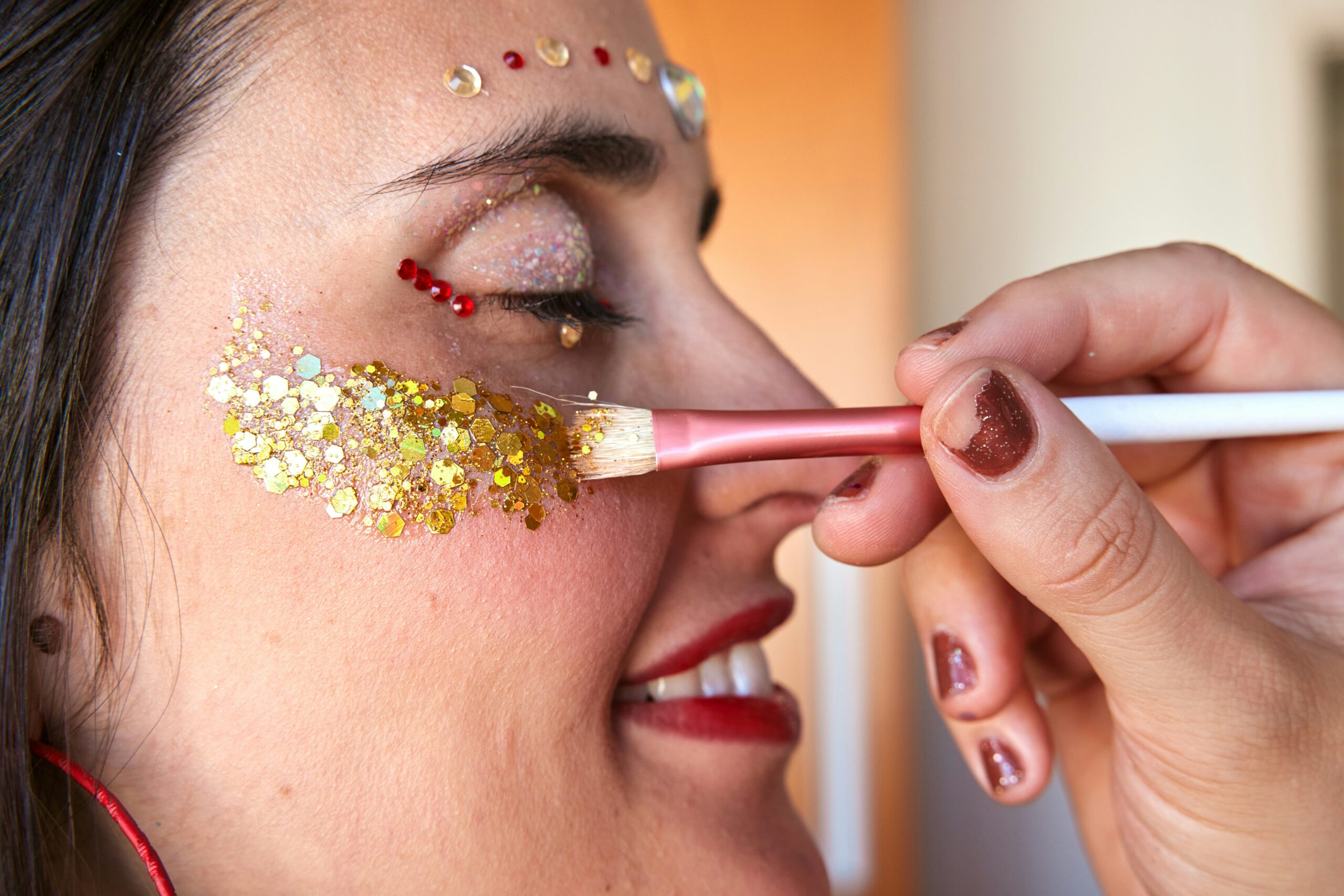On Friday the 13th, in March of 2020, my principal made a school-wide announcement via intercom in the late afternoon. This was a rare occurrence, and it completely caught me off guard. She said all teachers should pack up any personal belongings or special items to take home before exiting the building that afternoon.
She gave no other information, and there were no emails sent detailing the reasoning behind this direction, but we all knew something serious was up. After all, the NYC Department of Education rarely closes its doors to the 1.1 million students that it serves—not even for hurricanes or blizzards—so this was unprecedented.
Rumblings of a virus had been going around on the subways and the streets of the city for weeks at this point, but no one wanted to believe it was true.
A global pandemic? Yeah, okay. Sure.
But as we all know now, the rumors were true. COVID-19 had landed in the Concrete Jungle and all across the world. Hospital beds on all floors were being filled by the hour.
I was 36 weeks pregnant with our first child and my anxiety shot through the roof.
I became hyper-fixated on the news (along with my husband, who also began working remotely from home that week): Governor Cuomo’s daily press conferences, medical journals detailing any bit of information on pregnant women or babies who had contracted COVID, mainly from countries like South Korea and Italy, and obsessively texting any other pregnant women that I knew in my neighborhood or friend groups in other boroughs of the city.
At night, the questions would swirl through my mind: What would happen if I got COVID? What would happen to my unborn baby? Would I, or we, survive? If we are asked to return to work, would I? Would my husband? How would we navigate that and sustain a living in an expensive city? Would my hospital be a safe place to deliver?
On the morning of April 13, 2020, the day after my due date and Easter Sunday, my phone rang.
My doctor was on the other end of the line and proceeded to relay the findings of some blood work I had drawn the previous week after I complained to my midwife about some intense itching on my hands and feet. She then told me in a very matter-of-fact manner that I had cholestasis, a liver condition that can occur in late pregnancy, and needed to be induced immediately.
My birth plan was to have a natural birth, so this news was jarring. She explained that my bile levels were triple the number they should be, and that the condition came with a risk of having a stillborn.
Darkness started to creep in from my periphery. I felt like I was going to vomit.
I locked eyes with my husband and mumbled, “Cholestasis…Baby…Stillborn…We have to go to the hospital now… Get our bags… Get the Uber.”
Within the hour, we were checking in with the nurse in the lobby of the hospital which had been transformed for the use of expecting mothers only; a separate side entrance was intended for all other patients, mostly those with COVID.
Outside of this side entrance there was a COVID screening tent as well as a temporary morgue setup.
The atmosphere was post-apocalyptic.
Another nurse appeared to escort me to Labor and Triage and, as I turned to follow her, my husband kissed my cheek through his face mask and whispered, “Everything’s going to be okay. Okay?” The tears began to flow underneath my mask as I departed.
I wouldn’t see my husband again for another three hours, since he also had to be admitted as a patient in order to receive a COVID test and be allowed in the delivery room. Just two weeks prior, he wouldn’t have even been allowed to be in the room at all.
The nurse was friendly and reassuring as she guided me to my room. I breezed, wide-eyed, by another laboring mother in a waiting area who was working through intense contractions alone.
Fear took the wheel and my whole body began to shake.
As I quickly checked in at the front desk of Labor and Triage, I felt like I had just been robbed–robbed of all control over the birth of my baby. A flood of adrenaline washed over my body, and I decided to let it take me–to go with the flow. I was floating outside of my body, praying that I wouldn’t catch the ubiquitous virus and praying that my husband and my unborn baby wouldn’t either.
For the next several hours, my labor started with a COVID test (the brain tickler one) and was quickly followed by a revolving door of nurses and doctors entering and exiting the room, one at a time, undressing and redressing their entire COVID garb, executing different methods of induction–the Foley bulb, breaking my water, starting pitocin and inserting the epidural (per my request).
At approximately 4:20 a.m., the on-call doctor came into the room, checked me and cheerfully said that he had good news: my husband and I had both tested negative for COVID, and we were going to be parents within the hour.
I was ten centimeters dilated, and our baby girl’s head was crowning. My husband turned to me excitedly and exclaimed: “She’s got a lot of hair; it’s dark brown!”
After twelve pushes–four sets of three–and the assistance of a vacuum on the last set, she bounded into the doctor’s arms.
At 4:44 a.m. on April 14, my daughter was born. Finally!
She was here, safe and sound, in my arms. Oxytocin spread through my body–a prodigious and welcomed dose of relief and elation.
I did it! And soon thereafter, my daughter found her way from my chest to my breast and began to nurse. The sheer miracle of her, of my body, of this life experience was awe-inspiring.
Now, it was my turn to finally “get” it–just as all the birthing women before me had: the magnitude and depth of love for one’s child.
My husband and I stared at her for those first few magical and quiet hours, completely lovesick.
My husband was allowed to stay for the next six hours or so while we waited for a recovery room to become available. Those extra hours with just the three of us were a sweet surprise since hospital staff had initially told us that my husband could only stay in the delivery room for up to two hours after the birth.
But once a recovery room opened up, my husband said his goodbyes and returned to our apartment in Queens.
I spent that first night alone with my fresh-faced babe in a shared room. That night felt infinite. I had a glitchy hospital bed, and my first nurse wasn’t super attentive or warm.
I don’t recall sleeping a wink, as my daughter would wake after my neighbor’s daughter cried, and vice-versa. The back and forth of two new mothers trying to comfort their newborns was like something out of a sitcom set in the “city that never sleeps.” I couldn’t laugh then at the comedy; all I could do was cry in a dark hospital room by myself with an audience of a stranger and our two babes.
My second nurse was extremely caring and responsive, and I was discharged that afternoon and my husband picked us up in an Uber. As we rode from the Upper West Side, across the Queensboro Bridge, passing the Pepsi-Cola sign in Long Island City, I held my breath.
The anxiety I had felt at the end of pregnancy had nothing on the anxiety I felt during this drive and for the next several months.
We now possessed a helpless baby girl, and it was our job to protect her in a world that was being ravaged by an invisible threat. I closed my eyes, took a deep breath, and told myself that I could do this because I was capable of doing hard things. I had the track record to prove it.
My husband and I were forced to make decisions we would have never otherwise made. First, we chose to leave NYC upon the termination of our one-bedroom apartment lease in Sunnyside, Queens.
Even today, I grieve the loss of my “farewell” tour. I didn’t get to see one more Broadway or stand-up comedy show, eat one more divine dinner at my favorite restaurant, or see the majority of the friends and coworkers we had made throughout those six years of city-living for one last time.
On “moving” weekend—just after Thanksgiving—we contracted the virus. From where, the answer remains unknown. We followed all the CDC recommendations and then some since we were new parents.
We had to shift the dates for our moving containers and our apartment lease. Thankfully, all parties were incredibly obliging and sympathetic towards us—one positive by-product of the disorienting dystopia that we had found ourselves living in instead of reading or viewing.
All I could think is how unlucky we were but also how catching COVID tracked with how this whole experience began on Friday the 13th: alarming.
My husband was asymptomatic, but my daughter and I were very sick for two weeks. I lost my sense of taste and smell for 21 days. Our experience with COVID was the flu, cold, stomach virus, and seasonal allergies all rolled into one.
And at that point in time, there was very little information about how babies dealt with the virus. Fortunately, my daughter continued to breastfeed, and we both fully recovered.
By mid-December, we were well enough to pack our pods and our recently-purchased-from-a-suburban-New-Jersey-dad van and hit the road for North Carolina, our home state. I remember taking a deep breath as we pulled up to my in-laws’ home, all decked out in Christmas decorations.
The tears flowed and flowed for me and for my baby. I had forgotten that Christmas was a thing, like any semblance of life before COVID was a thing.
I had not hugged another person besides my husband and my baby for months.
I had not breathed fresh air without a face mask in months.
I had not celebrated anything, including the birth of our first child, with anyone beyond my tiny family in months.
The homecoming overwhelmed me. Relief and grief hit me like a one-two punch. I sobbed. I was so relieved to have family support and space after being so isolated and alone for nearly eight months, but I also grieved the life I had known in a city I loved and the postpartum life I had lived instead of the one I had dreamed of—one full of love and support from my family, our friends and community.
After the holidays, we began the search for our next home. As North Carolina natives and Appalachian State graduates, Asheville was always at the top of our list of places to live, even if not until retirement. We ended up finding a rental after a week-long stay in an Airbnb.
Originally, we had planned (and saved) for me to stay-at-home with our firstborn for close to a year. Since teachers get summers off, we thought it was feasible. But that was before a global pandemic and before I surprisingly got pregnant with our second child when our first turned one, just shy of our two-month relocation anniversary in May of 2021.
It took us close to 18 months to conceive with our first, so I had the same worry going into planning for another child. Fortunately, I got pregnant quickly. Unfortunately, I didn’t have time to think through a plan if that were to happen when it did. And, I’m a planner, so this unexpected news was a lot for me to take in.
The new plan was for me to continue to stay-at-home with our first child until we could figure our life out. I put my daughter on numerous wait-lists for preschool. I started the search for part-time childcare in the interim. I began to nest in our new home and seek community.
I even took an interview for a teaching position at a local middle school, just to see how I felt about going back to teaching. Immediately after, I knew that teaching wasn’t something I was excited about, so it really wasn’t the right time to go back to work–even with a job offer.
Plus, it wouldn’t make sense to return to work in my third trimester at a new school while taking a pay cut from my previous teaching job in NYC. Basically, all of the money that I’d make would go towards childcare for both our kids once our second was born and put in daycare. (This is a sad fact for many public school teachers in this country.)
I’d much prefer to be at home with my newborn to avoid daycare germs as best we could for as long as we could and to continue to breastfeed on demand.
And even though, prior to becoming a mom, I could have never anticipated I’d be a SAHM for this long, now that I’ve made the transition into motherhood, I have to admit that I’ve felt lost career-wise and therefore, I’m grateful for this extra time at home, raising my kids.
I no longer feel the passion or pull to be in the classroom as I once did before. Instead, I feel a pull in another direction—one that, through therapy and mentorship, I’m allowing myself to explore, despite the fears of failure and the unknown. The experience of becoming a SAHM and choosing to remain a SAHM for nearly four years has not been an easy one. As someone who considers themselves driven and career-oriented, finding peace and contentment has been difficult.
I struggle daily—one existential crisis after another.
My second daughter is turning two in a couple of weeks, and I’m still finding myself unsure of my path, of how I might contribute to our income in the future. I can hear the ticking of the clock, and my anxiety about what to do is on an uptick, as well, despite my husband’s reassurance.
I have a Master’s degree in education and yet, I can’t figure out the solution to this looming problem. It’s beyond frustrating.
In addition, many of my friends who are now moms are “working moms,” and I feel that I can no longer relate to them.
Or I worry they view me as lazy, soft, or worse—the truth—lost, which in turn feels pathetic, and in turn, only creates more distance between us.
Moreover, I feel that I belong to a specific sub-category of SAHMs in my community: I’m in my mid-30s, had children later in life, left a career after logging ten years of work, and moved from a metropolis to a small town.
There aren’t many SAHMs like me locally, so I feel isolated and/or unable to relate to other local SAHMs. But, through this fish-out-of-water experience, I have learned that quality over quantity is preferable, and I have begun to slowly find my people here, to build my village. I know I’ll figure out my return to work soon; I always have.
But, in the meantime, I’m practicing kindness to myself for all that I’ve gone through these past four years. I’m practicing patience for not knowing immediately what my next move will be. I’m practicing curiosity for what interests or draws me. I’m practicing grace for not being a perfect SAHM every day, despite my perfectionist tendencies. And above all else, I’m practicing love for the life I am so lucky to have.
Author
-
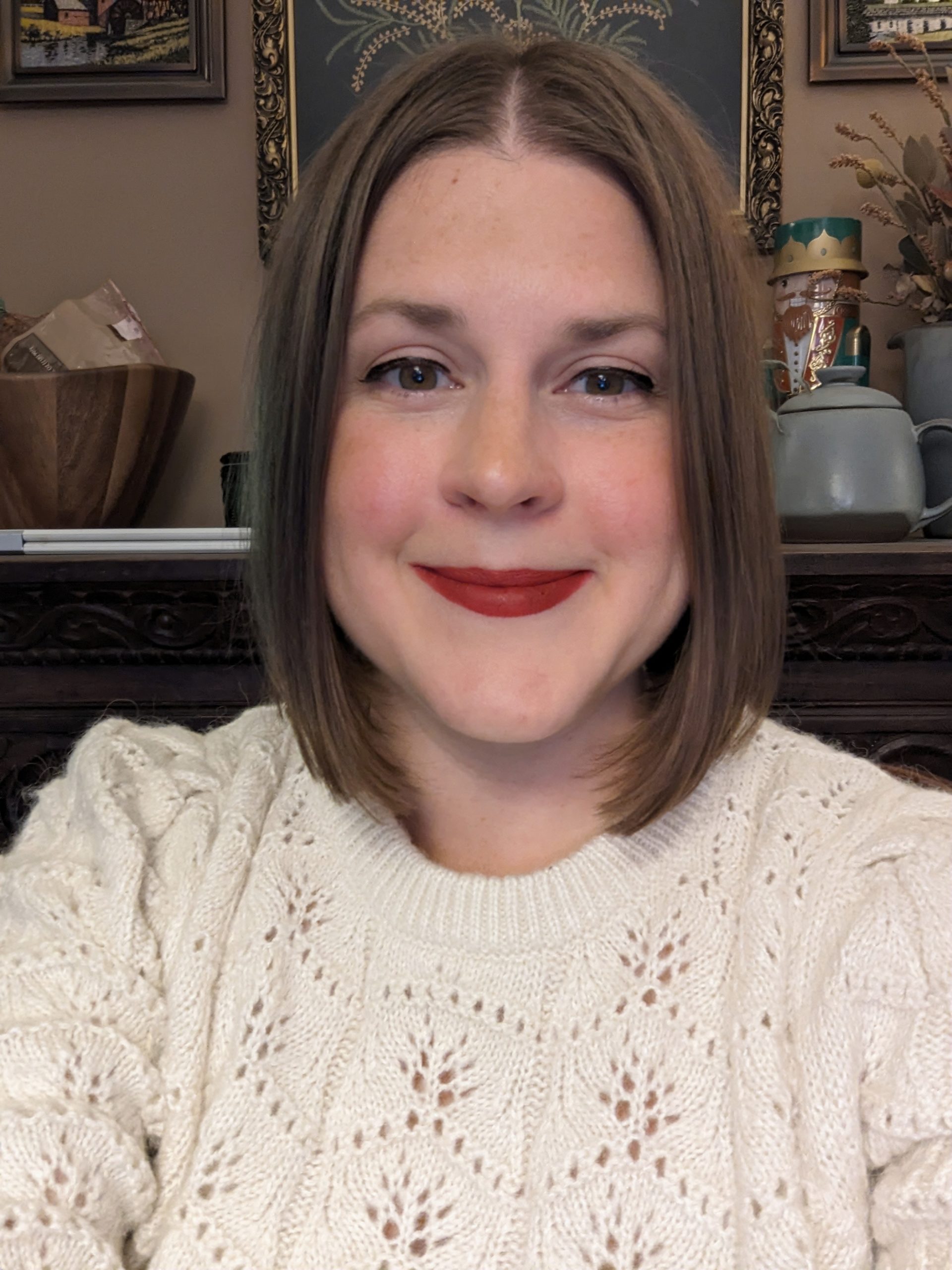
Katrina is a wife and SAHM of two, living in the Blue Ridge Mountains of North Carolina. In her past life, she was a middle school English teacher in Austin, Texas and NYC. When she can carve out time to herself, she enjoys writing personal essays about parenthood and mental health, listening to podcasts and audiobooks, cooking nutritious meals for her family and dreaming about a life well-lived.
View all posts

